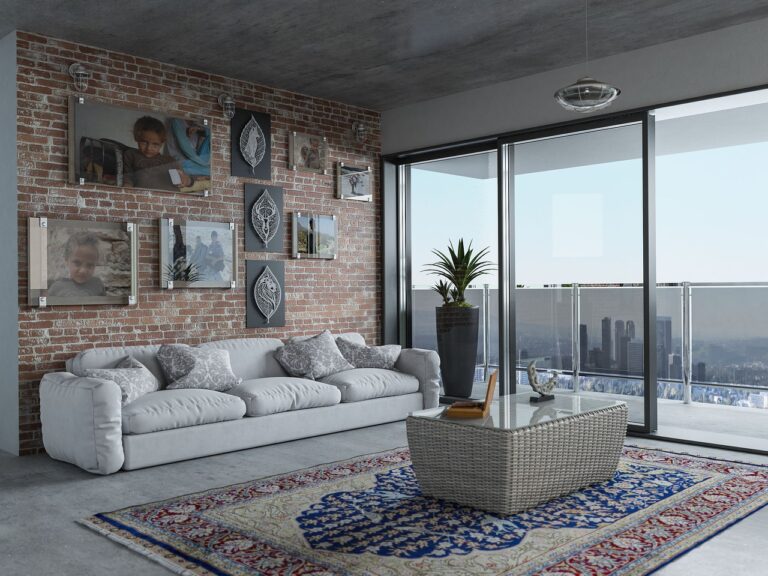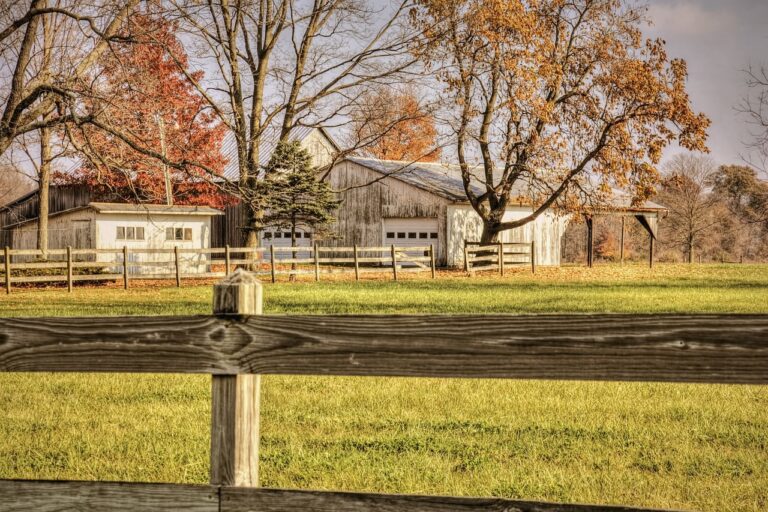The Impact of Aging Population on Home Design and Renovation
Universal design principles play a crucial role in ensuring that homes are accessible and functional for people of all ages and abilities. By incorporating features such as zero-step entrances, wider doorways, and lever-style handles, homes can be easily navigated by individuals with mobility challenges or disabilities. This promotes independence and reduces the risk of accidents or injuries, creating a more inclusive living environment for all occupants.
Moreover, embracing universal design principles in home renovation not only enhances accessibility but also increases the overall value of the property. With a growing emphasis on aging in place and the desire for homeowners to stay in their residences as they get older, incorporating universal design elements can future-proof the home and make it more appealing to a broader range of potential buyers. By integrating these principles seamlessly into the renovation process, homeowners can create spaces that are both aesthetically pleasing and highly functional for residents of varying needs.
Challenges Faced by Aging Population in Home Accessibility
The aging population often encounters difficulties in navigating their own homes as they grow older. Simple tasks like climbing stairs or reaching high shelves can become daunting challenges. The lack of accessibility features in many homes poses a significant barrier for older adults, impacting their ability to live independently.
Moreover, the design of many homes is not conducive to the changing needs of aging individuals. Narrow doorways, slick surfaces, and poor lighting can increase the risk of falls and accidents for seniors. The need for home modifications to enhance safety and accessibility is crucial to support the aging population in aging gracefully in their own homes.
• Steep stairs can be difficult for older adults to climb safely
• High shelves may require reaching and stretching, increasing the risk of falls
• Lack of grab bars or handrails in bathrooms can make it challenging for seniors to maintain balance
• Narrow doorways can restrict mobility for those using walkers or wheelchairs
• Slick surfaces like polished floors can lead to slips and falls
• Poor lighting makes it harder for seniors to see obstacles and hazards in their homes
Innovative Technologies for Aging in Place
Advancements in technology have paved the way for innovative solutions to support aging individuals in maintaining their independence and quality of life within their own homes. From smart home automation systems to wearable health monitoring devices, these technologies are revolutionizing the concept of aging in place. The integration of sensors, voice recognition, and artificial intelligence allows for personalized and proactive assistance, enhancing safety and convenience for older adults living at home.
In addition to improving safety and security, these technologies also address social isolation and loneliness among seniors. Virtual reality platforms and video communication tools enable older individuals to stay connected with family and friends, participate in virtual events, and engage in mental stimulations from the comfort of their homes. By fostering a sense of connection and community, these innovations not only enhance the aging experience but also promote overall well-being and mental health for seniors aging in place.
What are Universal Design Principles and why are they important in home renovation for aging in place?
Universal Design Principles focus on creating spaces that are accessible and usable for people of all ages and abilities. They are important in home renovation for aging in place to ensure that individuals can live independently and safely as they age.
What are some common challenges faced by the aging population in terms of home accessibility?
Some common challenges faced by the aging population in terms of home accessibility include mobility limitations, vision and hearing impairments, and cognitive decline. These challenges can make it difficult for individuals to navigate and use their homes safely.
What are some innovative technologies that can help individuals age in place?
Some innovative technologies that can help individuals age in place include smart home devices, remote monitoring systems, and assistive devices like stair lifts and grab bars. These technologies can improve safety, security, and comfort for individuals aging in place.







